Best Sci-Fi Post-Apocalyptic Series Of All Time Only Happened To Save Money
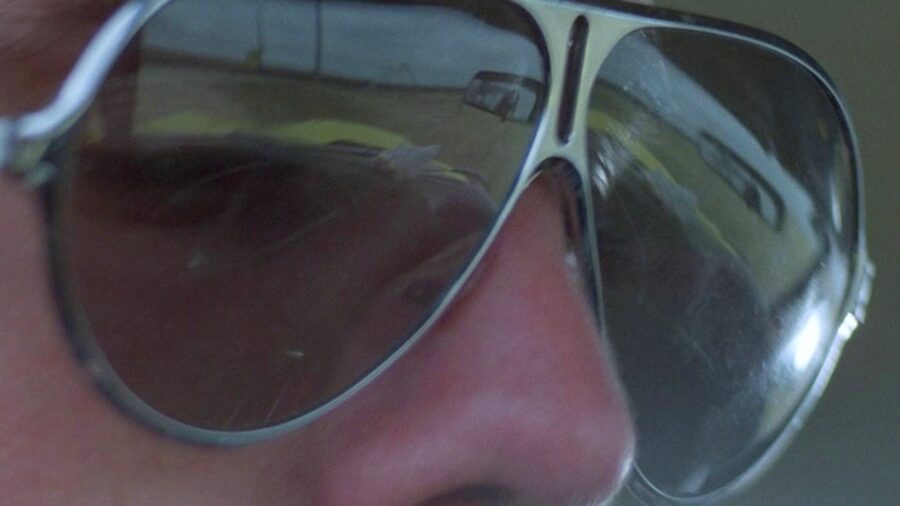
The Mad Max film series is the defining franchise in the post-apocalyptic genre. So you may find it hard to believe the truth—that George Miller made it a part of the dystopian genre only to save money. In order to deliver 1979’s Mad Max on budget, Miller filmed in sparsely populated areas around Melbourne and added the prompt “A few years from now…” at the start of the film to explain why civilization seemed less crowded.
Highway To Valhalla
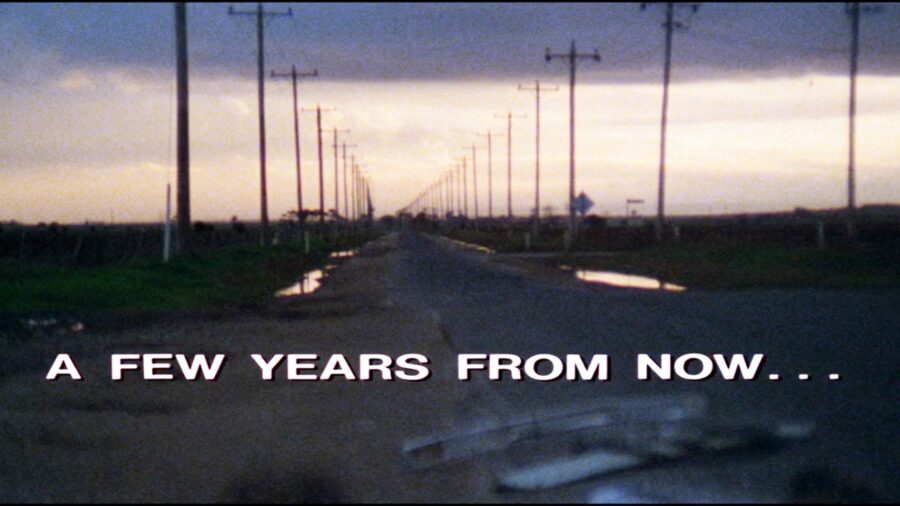
The home release of 2024’s Furiosa: A Mad Max Saga includes a number of behind-the-scenes features including Highway to Valhalla: In Pursuit of Furiosa. Early in Highway, Mad Max co-creator George Miller explains how setting the first film in a dystopia saved money.
“When we made the first Mad Max, we realized we’re not going to be able to shoot this film on budget if we set it in modern day Melbourne,” Miller says. “We shot in the backstreets and the outskirts of the city. And in order to explain all that we had the simple caption (“A few years from now…”) at the beginning of the story. So it became a dystopian world.”
This Explains A Lot
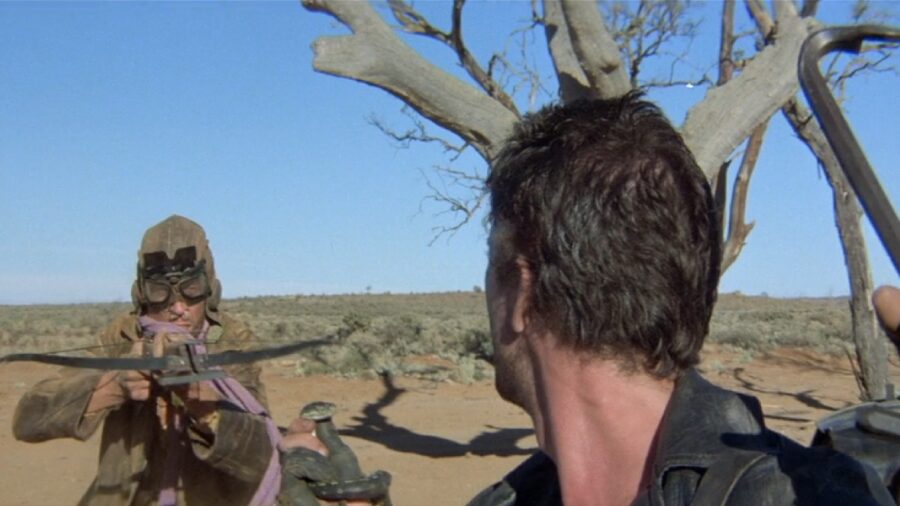
Miller’s explanation helps to make sense out of one of the murkier corners of his Mad Max films—why it’s often unclear exactly when the hero’s story leaves the dystopian world for pure post-apocalypse.
We tend to think of all the Max films as post-apocalyptic, but that’s really not the case. In the near-future setting of the first movie, it’s made clear that society is crumbling, but there are still police, politicians, and businesses.
In 1981’s The Road Warrior, the world has grown much darker and more desperate, but while most watch the film assuming it takes place after a nuclear apocalypse, nuclear exchange is never mentioned.
The prologue of the second Mad Max film mentions horrible military conflicts and destructive uprisings, but never specifically says anything about a nuclear war.
And while the narrator calls the land Max travels in a “wasteland,” we see trees, grass, and other vegetation. It’s sparse, but it’s there. Australia is not yet the huge, barren desert it becomes in later movies.
Thunderdome Introduces Nuclear War
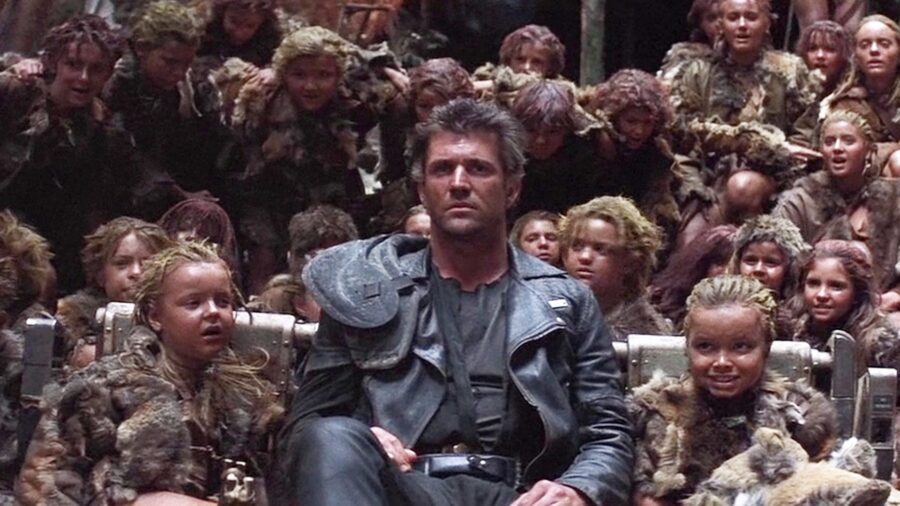
It isn’t until the third film—1985’s Mad Max Beyond Thunderdome—that there are any specific references to a nuclear war. When a man tries to sell Max water outside Bartertown, Max scans it with a geiger counter, revealing it’s highly radioactive.
Later, when he’s saved by the strange Planet Erf tribe, their retelling of their story includes what they call the “pox-eclipse” along with the “crackling dust and fearsome time” that follows.
Without The Descent To Post-Apocalypse, The Franchise Would Be Nothing Like What It Is
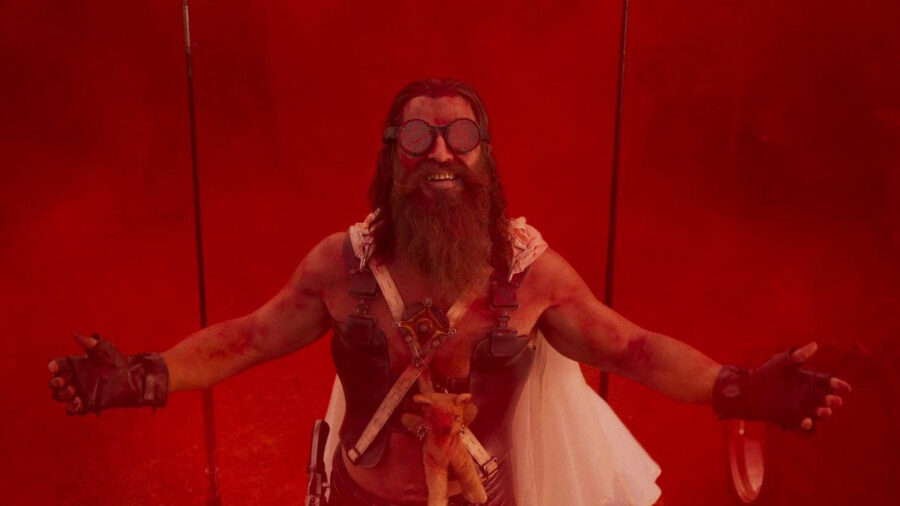
The worlds of Mad Max and The Road Warrior are frightening, but they are nothing like the nightmares of the three films that follow, and that is precisely because of the stark difference between a world in which society has slowly collapsed, and one that has been utterly doomed by nuclear exchange.
The villains, heroes, and victims of the later three films are not simply people living in a desperate, dog-eat-dog world—they are dying people trapped in a toxic graveyard. On all sides is fruitless desert, and in the rare occasions they can find game or water, it’s as radioactive as they are.
In Furiosa when Dementus screams at Praetorian Jack and the titular hero, “There is no hope!” he is not expressing madness and he isn’t just talking about his prisoners—he is stating simple, black-and-white fact about every accursed survivor on Earth.
A Nightmare Of The Eighties
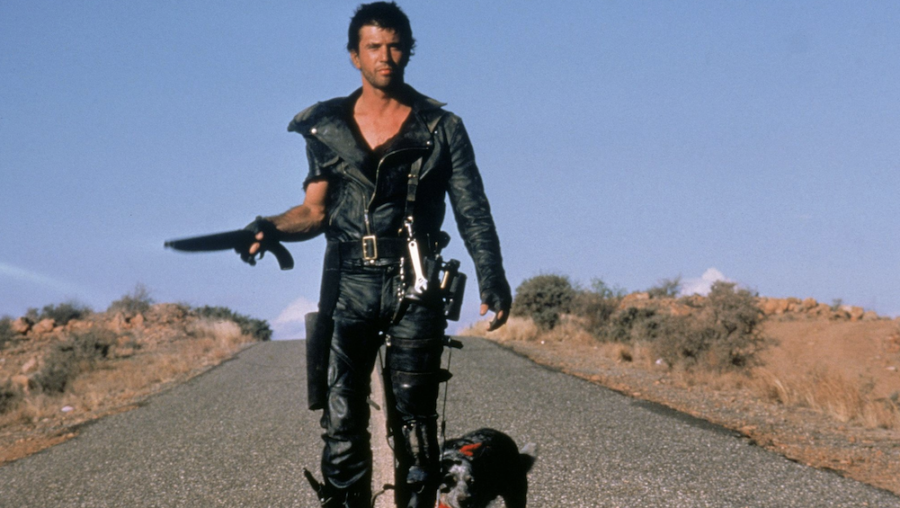
It’s no mistake that the horrors of nuclear war entered the Mad Max franchise in 1985, when fears of such a conflict were still at their height—in part kept there by media like WarGames and the 1983 made for TV movie The Day After.
One could argue everything in the franchise beginning with Beyond Thunderdome is a nightmare of the 1980s. It makes you wonder if Mad Max is still relevant considering that while nuclear war is still a horrifying and possible prospect, we have so many other ways to kill the world now.











